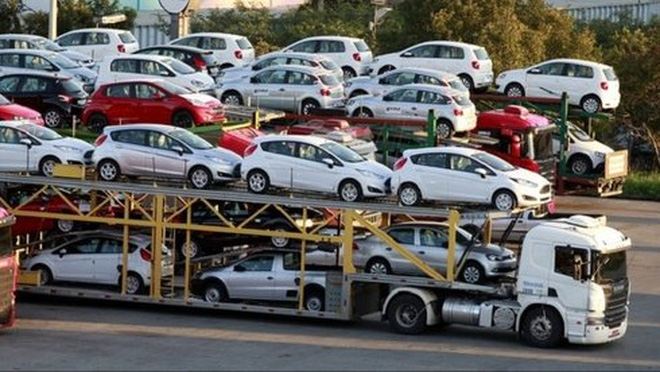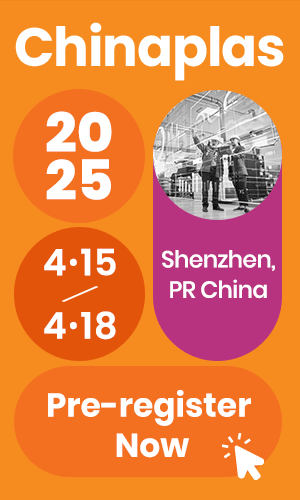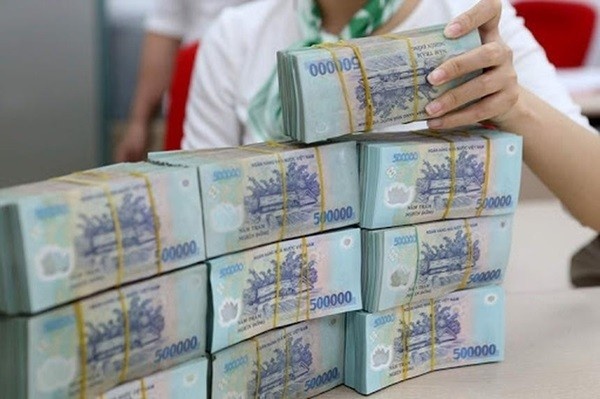Vietnam’s car sales fly through the roof in first quarter

Notably, in the first three months of 2016, the number of passenger automobiles sold increased by 28 per cent to 32,320 units, while commercial automobiles shot up 52 per cent to 20,625 units, and special-purpose automobiles climbed 56 per cent to 3,319 units against the first quarter of 2015.
Thaco became the best-selling brand in the first quarter of 2016, with a total number of 23,485 units, up 60 per cent on-year, simultaneously making up 41.7 per cent of Vietnam’s automobile sales.
The sales of imported automobiles stood at 13,068 units, equalling 66.42 per cent of the total number of imported automobiles in Vietnam
In the first quarter of 2016, Vietnam imported over 19,700 automobiles, decreasing 16.8 per cent on-year. With the exception of trucks, the numbers of other kinds of imported automobiles decreased. Notably, the number of automobiles with nine seats and below was 6,900 units, decreasing 37.6 per cent on-year, while other kinds were 3,000 units, decreasing 45.6 per cent on-year.
Thailand overtook Korea and China as the largest import resource of automobiles in Vietnam with a total number of 7,800 units in the first quarter, up 64.5 per cent on-year, according to the General Department of Vietnam Customs’ statistics published on April 15. 3,560 and 2,260 units were imported from Korea and China, a decrease of 41 and 58 per cent on-year, respectively.
Importers intensified trade-links with ASEAN members in general and Thailand in particular to capitalise on automobile tax incentives. According to the Ministry of Finance, the tariff on automobiles imported from ASEAN will decrease by 10 per cent, to 40 per cent, in 2016. The figure will decrease to 30 per cent by 2017 and zero per cent by 2018.
Along with the tax incentives, Thai automobiles have competitive prices to take up the gauntlet thrown by Korean and Chinese carmakers.
What the stars mean:
★ Poor ★ ★ Promising ★★★ Good ★★★★ Very good ★★★★★ Exceptional
Latest News
More News
- Carbon labelling enhances capacity for exported goods (March 19, 2025 | 11:08)
- NESTGEN 2025: Nestlé Vietnam empowers youth (March 19, 2025 | 11:00)
- Tetra Pak unveils innovative solutions at Propak Vietnam 2025 (March 19, 2025 | 11:00)
- Liberty 2025-Piaggio’s new pride on its journey to conquer the Asian “fortress” (March 19, 2025 | 10:59)
- Cognisian secures multimillion-dollar deal to power AI-enabled clinic network (March 19, 2025 | 10:31)
- Trading training alignment comes through partnerships (March 18, 2025 | 16:00)
- Food groups express unease over safety law proposals (March 18, 2025 | 15:16)
- Production issues to be confronted (March 18, 2025 | 15:00)
- Tax extensions could support sustainable growth (March 18, 2025 | 14:56)
- More bank support to come in form of credit packages (March 18, 2025 | 14:46)

















 Mobile Version
Mobile Version